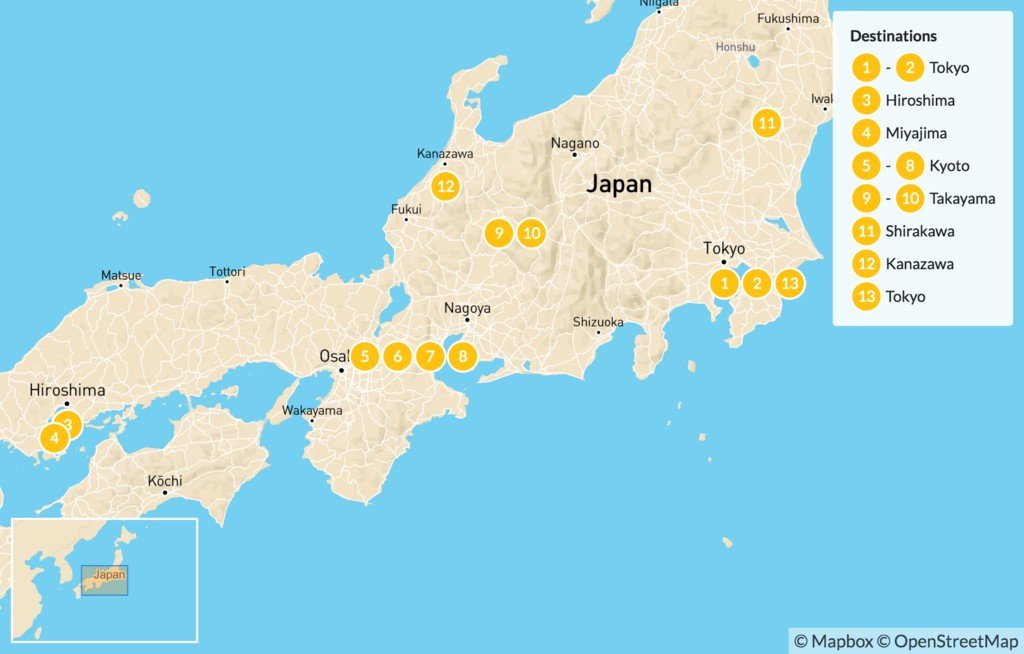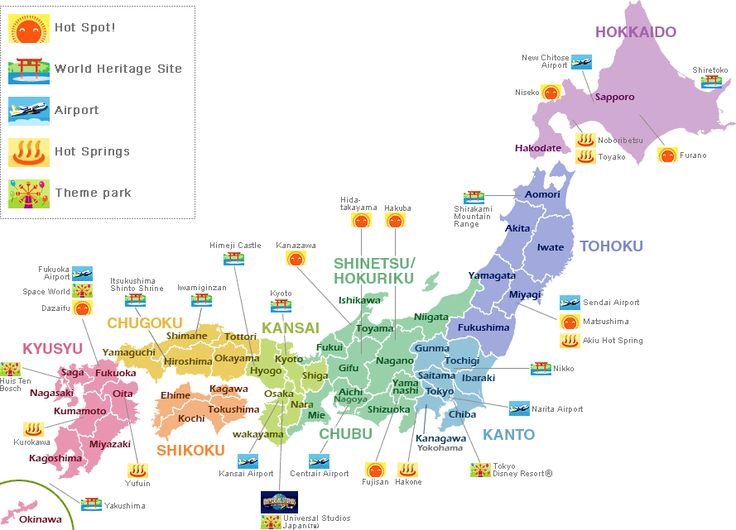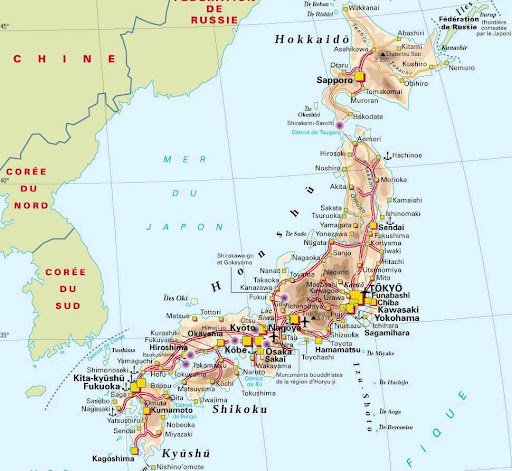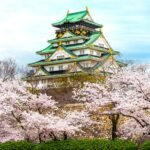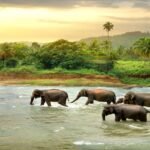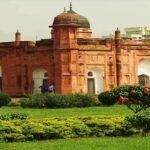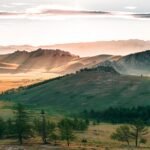
- arrow_back Accueil
- keyboard_arrow_rightJapan on map
Japan on map

Japan on map : A Complete Guide for Travelers
The Four Pillars of Japan’s Natural and Cultural Splendor
Japan on map : a nation of breathtaking contrasts, is an archipelago of over 6,800 islands, yet its essence lies in four dominant landmasses—Honshu, Hokkaido, Kyushu, and Shikoku. Together, they form 97% of Japan’s land area and embody the country’s staggering diversity in geography, climate, and culture.
Honshu, the largest and most populous island, is Japan’s vibrant core. It hosts Tokyo’s neon-lit streets, Kyoto’s ancient temples, and the iconic Mount Fuji, blending modernity with tradition. To the north lies Hokkaido, a wild frontier of snowy winters, volcanic lakes, and untamed national parks, offering a cooler climate and the rich heritage of the indigenous Ainu people.
In the southwest, Kyushu thrives with active volcanoes, steaming hot springs, and a fiery culinary scene, shaped by centuries of foreign trade. The smallest of the four, Shikoku, is a haven of spiritual retreats, lush valleys, and the legendary 88-Temple Pilgrimage, offering a slower, more introspective side of Japan.
From Honshu’s urban energy to Hokkaido’s wilderness, Kyushu’s geothermal wonders to Shikoku’s sacred trails, these islands weave together the tapestry of Japan’s identity. Each is a world unto itself, yet together, they create a harmony that defines the soul of the nation.
1. Honshu: The Heart of Japan
Japan on map : Geography & Landscape
Japan on map, Honshu is Japan’s largest and most populous island, stretching about 1,300 km (800 miles) from north to south. It is home to major cities like Tokyo, Osaka, Kyoto, and Hiroshima. The island is mountainous, with the Japanese Alps running through its center, including iconic peaks like Mount Fuji (3,776 m), Japan’s tallest and most famous volcano.
Key regions include:
Kanto Plain (Tokyo area) – Japan’s most urbanized and economically powerful region.
Kansai Region (Osaka, Kyoto, Nara) – The historical and cultural heart of Japan.
Tohoku Region (Northern Honshu) – Known for its rugged mountains, hot springs, and rural landscapes.
Chubu Region – Features the Japanese Alps and scenic areas like Shirakawa-go (UNESCO World Heritage Site).
Japan on map : Climate
Honshu experiences a temperate climate, with four distinct seasons:
Summer (June-August): Hot and humid, especially in cities like Tokyo.
Winter (December-February): Cold, with heavy snowfall in the north (Tohoku) and the Japan Sea coast.
Spring (March-May): Famous for cherry blossoms (sakura).
Autumn (September-November): Cool and colorful with vibrant fall foliage.
Culture & Highlights
Historical Landmarks: Kyoto’s temples (Kinkaku-ji, Fushimi Inari), Nara’s Todai-ji Temple, Hiroshima’s Peace Memorial Park.
Modern Attractions: Tokyo’s Shibuya Crossing, Akihabara (electronics and anime culture), Osaka’s food scene.
Festivals: Gion Matsuri (Kyoto), Nebuta Matsuri (Aomori), and Sumo tournaments (Tokyo).
2. Hokkaido: The Wild Northern Frontier
Geography & Landscape
Hokkaido is Japan’s second-largest island but the least densely populated. It is known for its vast wilderness, national parks, and cooler climate. Key features include:
Daisetsuzan National Park – Home to Hokkaido’s highest peak, Mount Asahi (2,291 m).
Shiretoko Peninsula (UNESCO World Heritage) – Pristine forests and wildlife, including brown bears.
Furano & Biei – Famous for lavender fields and rolling hills.
Niseko – One of the world’s best ski resorts.
Climate
Hokkaido has a subarctic climate, with:
Long, snowy winters (December-March) – Ideal for skiing and snow festivals (Sapporo Snow Festival).
Mild summers (June-August) – Cooler than mainland Japan, making it a popular escape from the heat.
Culture & Highlights
Indigenous Ainu Culture: The Ainu people, Hokkaido’s original inhabitants, have a distinct language and traditions.
Food: Fresh seafood (crab, uni, salmon), dairy products, and ramen (Sapporo miso ramen).
Wildlife: Brown bears, red-crowned cranes, and Ezo deer.
Festivals: Sapporo Snow Festival (ice sculptures), Yosakoi Soran Festival (dance).
3. Kyushu: The Southern Gateway
Geography & Landscape
Kyushu is the third-largest island, located southwest of Honshu. It is volcanically active, with hot springs (onsen) and dramatic landscapes. Key regions:
Mount Aso – One of the world’s largest active volcanic calderas.
Beppu & Yufuin – Famous for hot springs and geothermal activity.
Nagasaki & Kagoshima – Historic port cities with international influences.
Yakushima Island (UNESCO Site) – Ancient cedar forests (inspiration for Studio Ghibli’s Princess Mononoke).
Climate
Kyushu has a subtropical climate:
Hot, humid summers with typhoons (June-October).
Mild winters (rarely snows, except in mountainous areas).
Culture & Highlights
Historical Influence: Nagasaki was a key port during Japan’s isolation (Dejima Dutch trading post).
Cuisine: Tonkotsu ramen (Fukuoka), mentaiko (spicy cod roe), Kumamoto’s basashi (horse sashimi).
Onsen Culture: Beppu’s « Hell Tour » (jigoku meguri), Kurokawa Onsen.
Festivals: Hakata Gion Yamakasa (Fukuoka), Kunchi Festival (Nagasaki).
4. Shikoku: The Spiritual Island
Geography & Landscape
Shikoku is the smallest of the four main islands, known for its rural charm, mountains, and pilgrimage routes. Key features:
Shikoku Pilgrimage – A 1,200 km route connecting 88 Buddhist temples.
Iya Valley – Remote, steep gorges with vine bridges.
Seto Inland Sea – Scenic coastal views and art islands (Naoshima).
Climate
Shikoku has a mild climate, with:
Hot summers (similar to Kyushu but less humid).
Rainy season (June-July).
Mild winters (little snow).
Culture & Highlights
Pilgrimage Culture: The 88 Temple Pilgrimage (Henro) attracts walkers and monks.
Traditional Crafts: Indigo dyeing (Awa ai), washi paper.
Festivals: Awa Odori (Tokushima’s famous dance festival).
Cuisine: Sanuki udon (Kagawa), citrus fruits (Ehime).
Japan on map Summary :
Each of Japan’s four main islands offers unique landscapes, climates, and cultural experiences:
Honshu – The bustling core with history, modernity, and natural beauty.
Hokkaido – Untamed wilderness, winter sports, and indigenous culture.
Kyushu – Volcanic hot springs, historic ports, and spicy cuisine.
Shikoku – Spiritual retreats, rural charm, and art islands.
Together, they showcase Japan’s incredible diversity—from snowy mountains to tropical beaches, ancient temples to neon cities. Whether you seek adventure, relaxation, or cultural immersion, Japan’s islands have something for everyone.
Popular
- Thailand
- Vietnam
- Dubai
- Bali
- Autour du globe
- Terms-conditions
- Contacts
- Privacy-policy
- About US
About us
Are you ready to trade the everyday for extraordinary experiences? This travel blog is your one-stop shop for crafting the perfect summer escape.
Contact us : info@coyotrip.com


